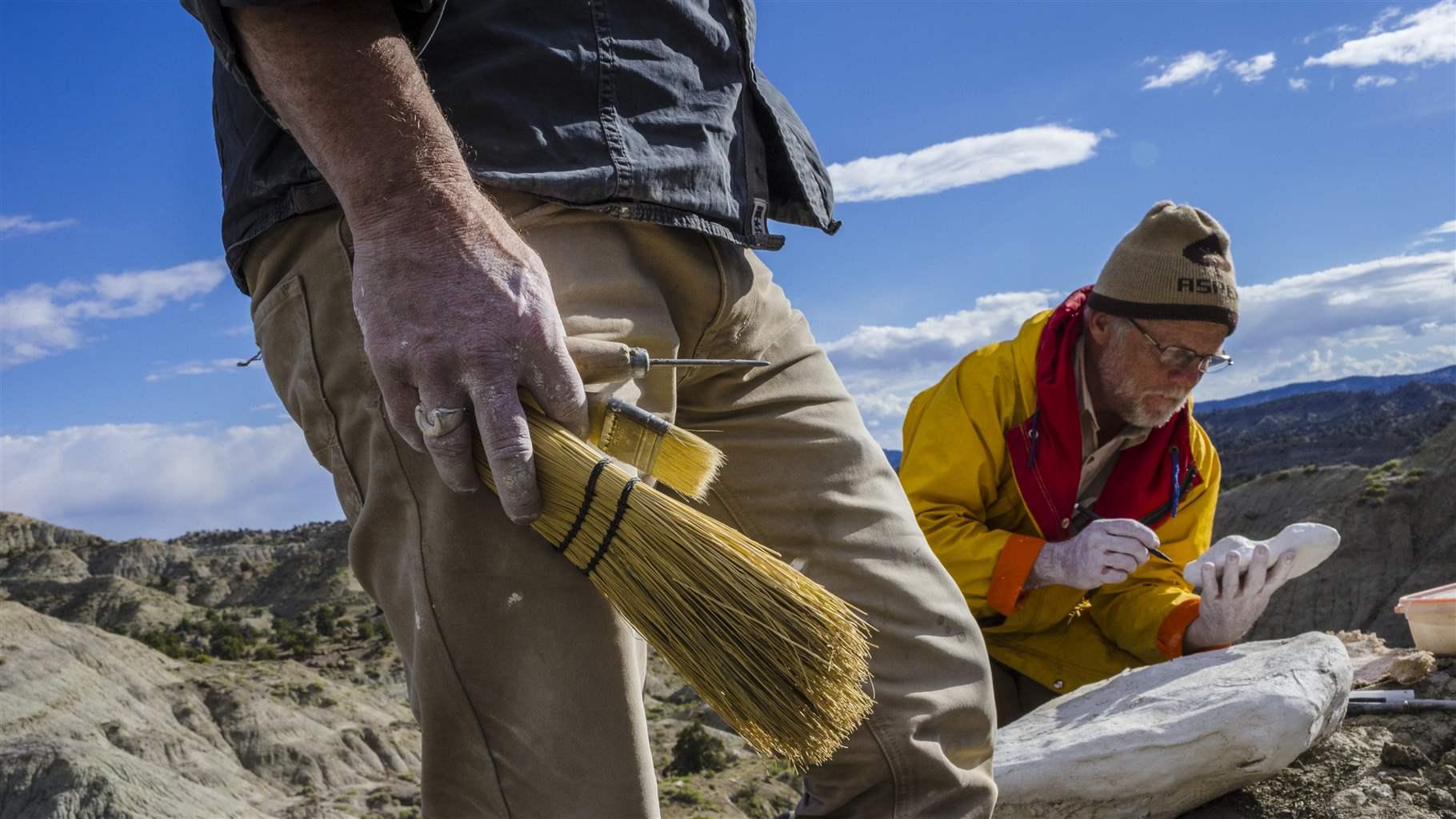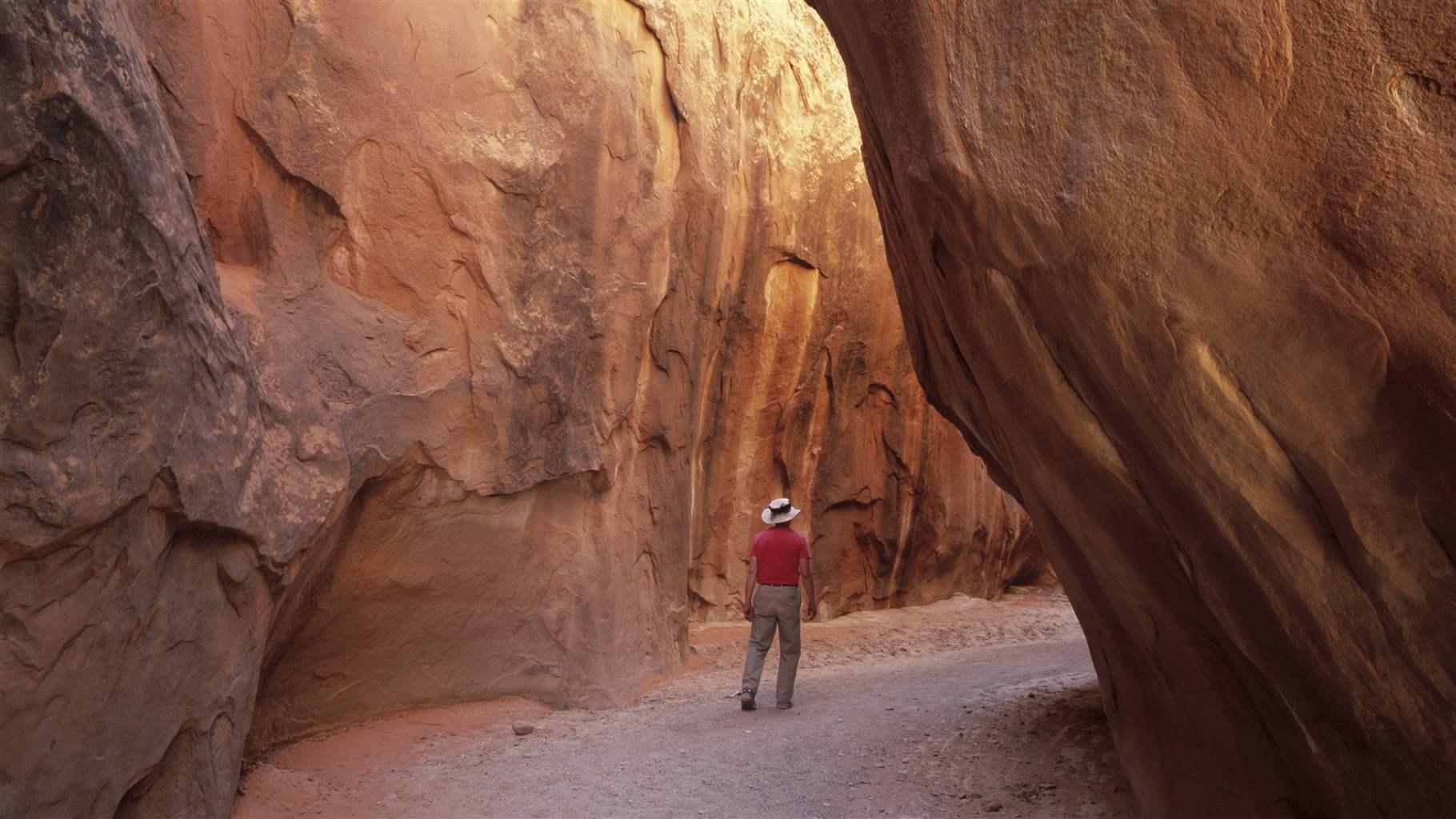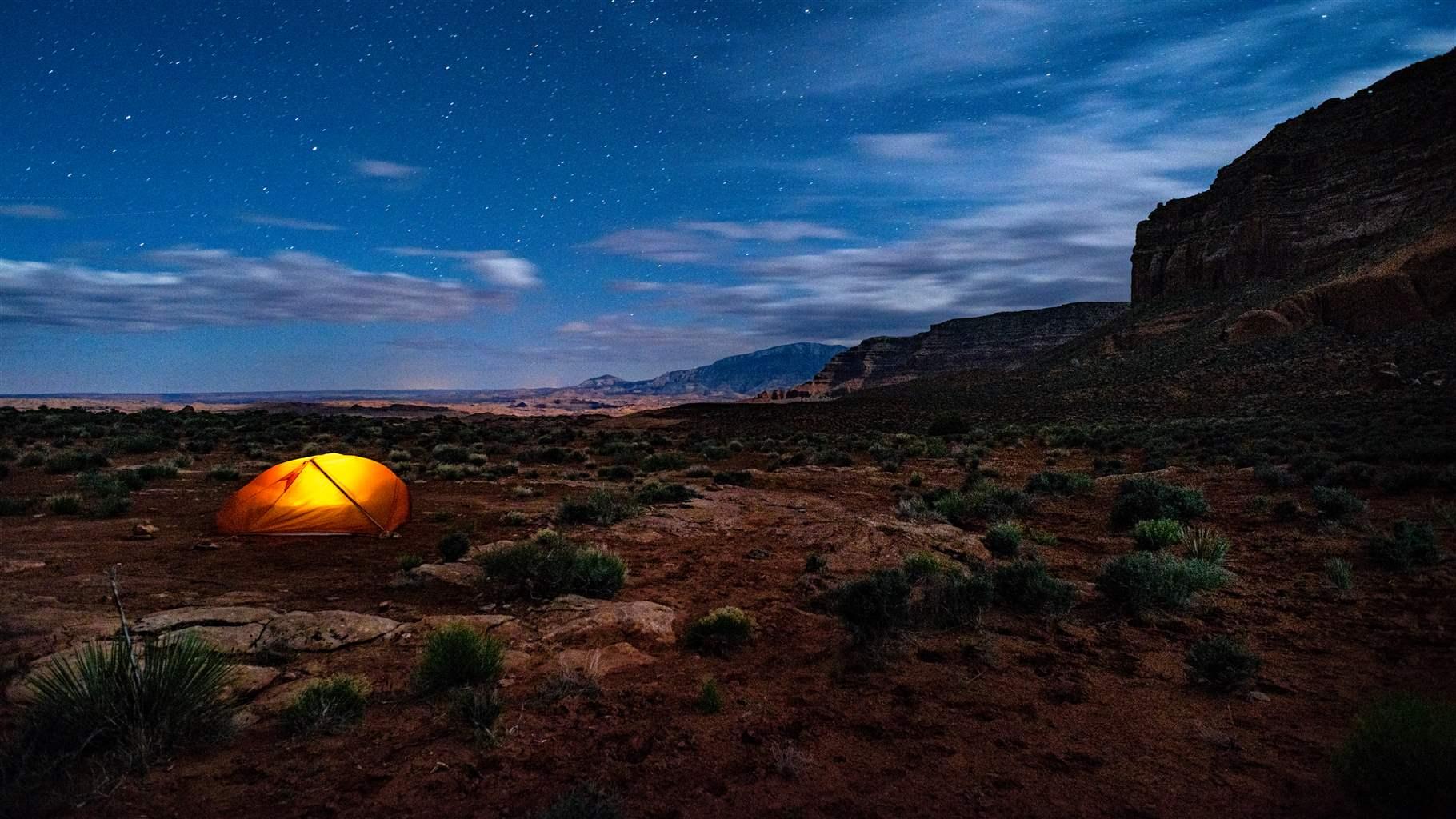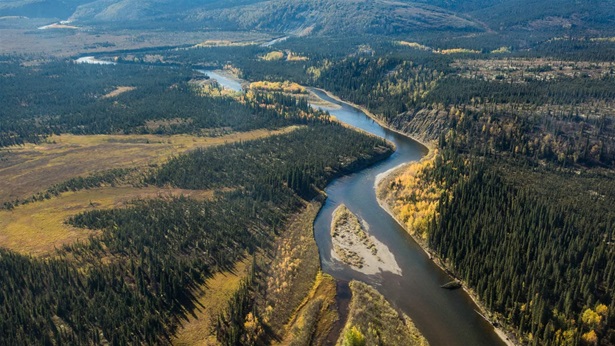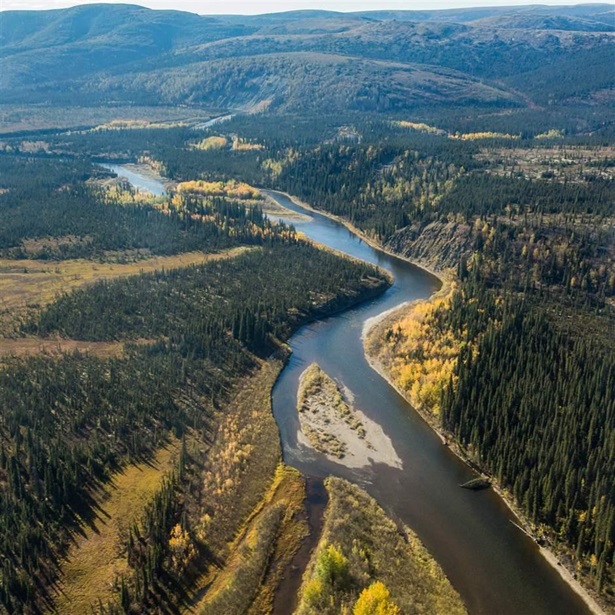BLM Moves to Allow Mining and Drilling on Lands Cut from Utah National Monument
Plans for Grand Staircase-Escalante threaten spectacular canyons, renowned fossil sites, and wildlife habitat
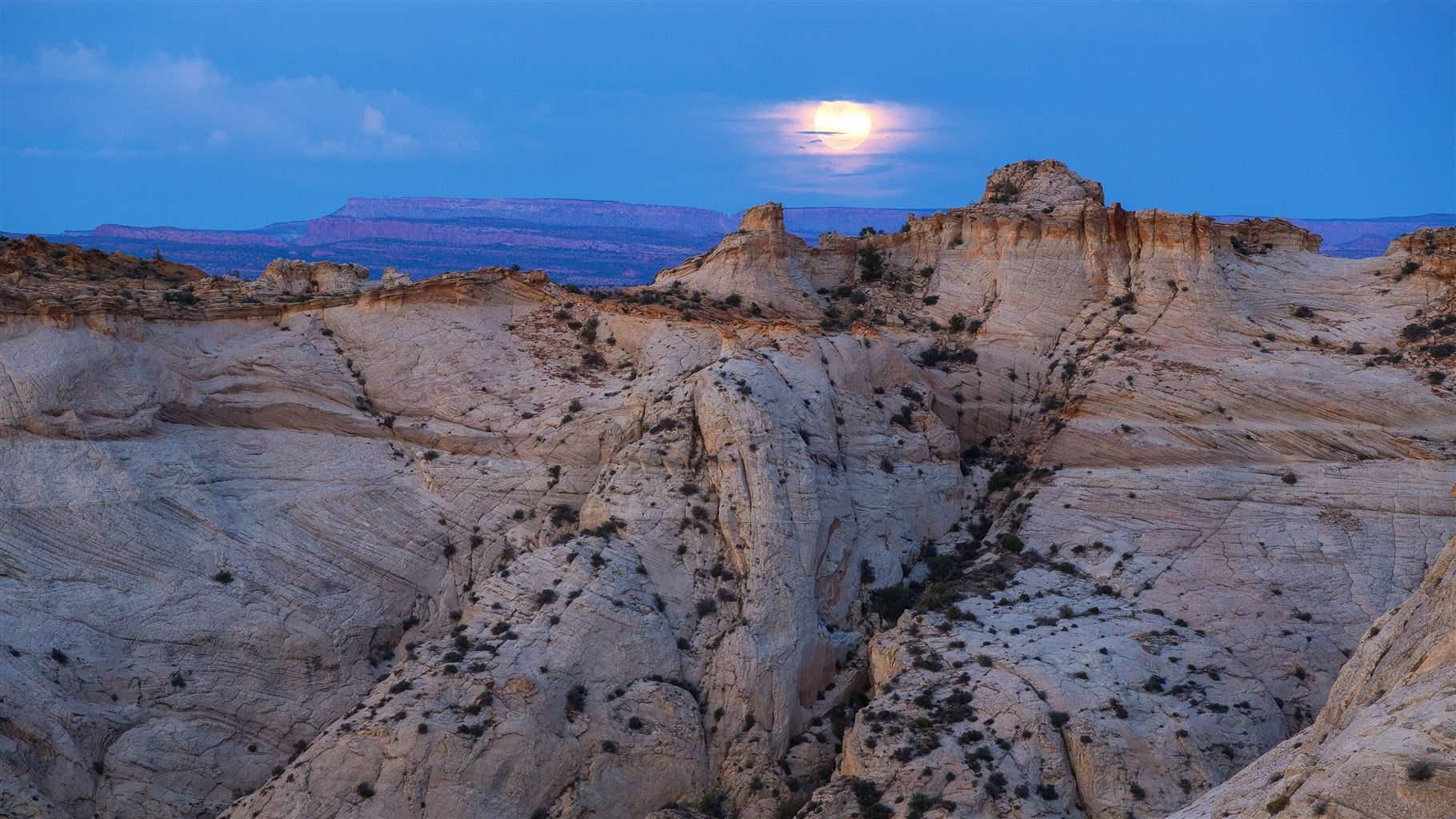
The colorful hoodoos, slot canyons, cliffs, and plateaus of southern Utah’s panoramic canyon country attract visitors and researchers from across the globe. Grand Staircase-Escalante National Monument, designated in 1996, is known as the “Science Monument" because of the extensive research opportunities it affords.
The land is a paleontological museum. Scientists and others have found fossils of more than 20 previously undiscovered dinosaur species and many other never-before-seen prehistoric plants and animals here. Six years ago, the remains of the oldest tyrannosaur fossil, an 81 million-year-old Lythronax argestes, were recovered from the Kaiparowits Plateau, a part of the monument. According to the Society of Vertebrate Paleontology , the Kaiparowits provides one of the most complete records of the late Cretaceous Period in the world; the monument will almost certainly yield more discoveries, because researchers have inventoried less than a quarter of it.
People come from around the world to take in the Grand Staircase-Escalante’s spectacular scenery and to hike, camp, spot wildlife, and canyoneer. These outdoor recreation pursuits draw visitors from around the world, providing an economic boost to nearby rural communities. Local businesses and the Escalante and Boulder Chamber of Commerce have cited the monument’s designation as the central reason the area’s tourism industry is thriving.
Two years ago, 146 scientists, researchers, and academic organizations signed a letter to President Donald Trump noting the importance of Grand Staircase-Escalante National Monument to scientific research and discovery, calling it a “living laboratory.” Today, the monument is home to more than 600 native bee species and 300 species of amphibians, mammals, reptiles, and birds, including bald eagles and peregrine falcons.
Despite this evidence and calls to preserve the monument, President Trump signed a proclamation in December 2017 reducing its size by nearly half and fragmenting it into three units, eroding important ecological links across the broader landscape. Many of the extraordinary places the monument was created to protect now lie outside the revised boundaries, including significant parts of the Kaiparowits Plateau, Paria Canyon, Circle Cliffs, and the Hole in the Rock Road Corridor.
Even as scientific organizations and conservation groups are challenging the administration’s action in federal court, the Bureau of Land Management (BLM) has proposed final land use plans for both the smaller monument and the public lands that were removed from it. Those plans would allow coal mining, oil and gas drilling, and other development on more than 650,000 acres and would not prioritize protection of the objects of natural, historic, cultural, and scientific interest that the monument was designated to safeguard.
The proposed management plans also would allow for new off-road vehicle route development and other potentially damaging uses in important wildlife habitat and areas that are culturally rich or have high potential for yielding fossils. In addition, the plans suggest increasing harmful mechanical vegetation removal projects, including chaining, throughout the monument.
Such industrial activity—and the road construction, power lines, and truck traffic it would necessitate—would forever scar this landscape, harm wildlife habitat, and diminish what people come here to experience, including hunting, bird-watching, hiking, and stargazing.
As BLM has proposed in many of its other recent land use plans, the agency would not protect any Lands With Wilderness Characteristics or designate any Areas of Critical Environmental Concern (ACECs). In its management plan for the original monument, the BLM found that the entire Grand Staircase-Escalante meets the criteria for ACEC designation. Additionally, the BLM has proposed to open grazing leases along the newly restored Escalante River—a big step backward for conservation, especially after nonprofit organizations and taxpayers spent more than $10 million to improve wildlife habitat, water quality, and recreation opportunities.
Although the federal court will ultimately determine the validity of the administration’s decision to change the boundaries of the original monument, the BLM planning process could conclude before that court ruling, opening a door to development that cannot be closed, regardless of what the court decides.
Grand Staircase-Escalante National Monument is a national treasure that should remain fully protected to show current and future generations of Americans, and visitors from around the world, that the U.S. values its remarkable natural landscapes and cultural heritage. To learn more and to submit a message to the U.S. Interior Department on the final plan, please visit The Pew Charitable Trusts’ Grand Staircase action alert page.
John Gilroy directs The Pew Charitable Trusts’ U.S. public lands and rivers conservation program.
